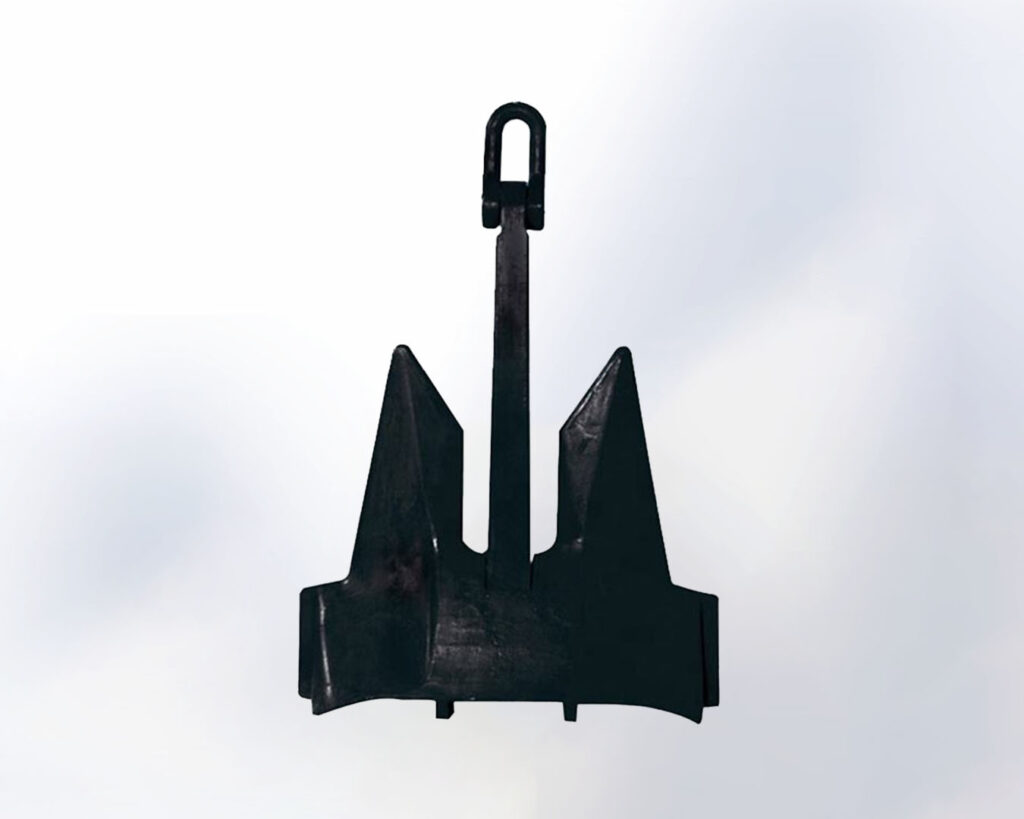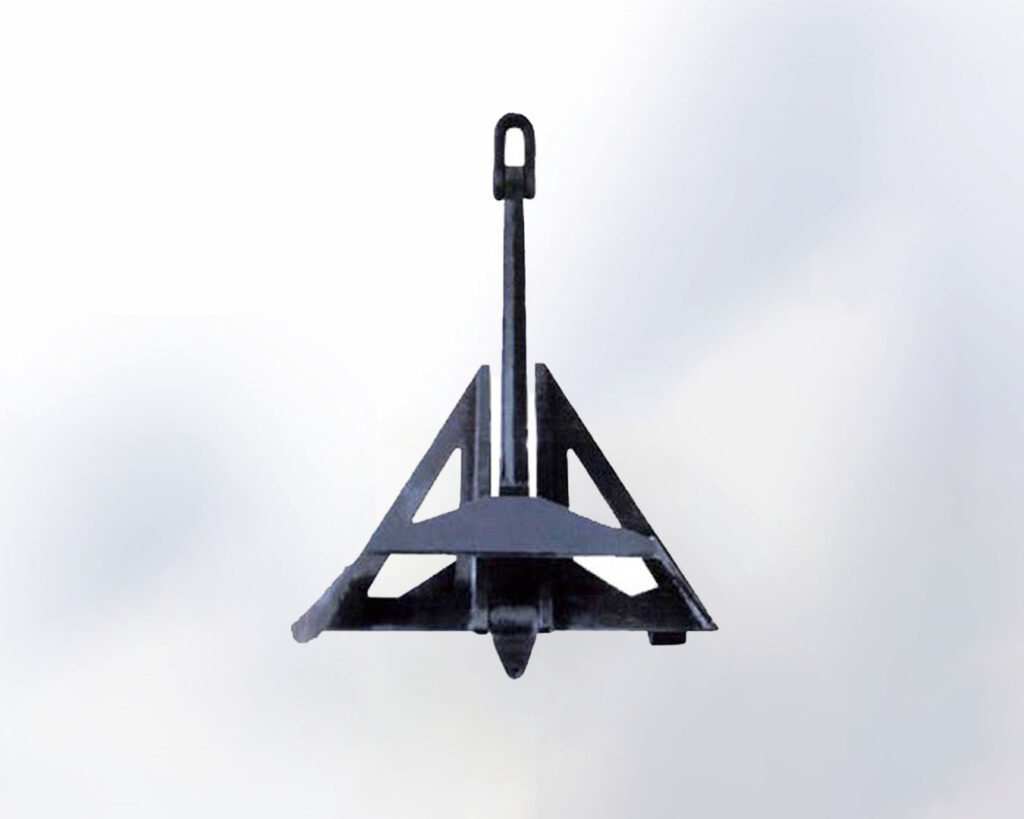
Are you ready to set sail on your marine adventures?
One essential item you’ll need to ensure your safety and peace of mind is a reliable marine anchor.
Choosing the right anchor might seem like a daunting task, but fear not!
In this guide, we will break down the process into simple steps, helping you select the perfect marine anchor for your needs.
In this blog, we will discuss the key considerations when selecting a marine anchor, providing you with the knowledge you need to make an informed decision. From understanding the importance of marine anchors to exploring different types and sizes, we’ve got you covered.
How Boat Anchors Work
Boat anchors work on the principles of friction and weight distribution. When you drop the anchor into the water, it sinks to the seabed and uses its weight to create resistance against the forces that could move your boat. The anchor’s design and shape allow it to dig into the seabed, providing a stronghold. This grip is essential to keeping your boat secure and preventing it from drifting.
How Do You Choose a Boat Anchor Size?
Choosing the right size for your boat anchor is crucial for its effectiveness. The size of the anchor depends on various factors, including the size and weight of your boat, the type of seabed you’ll anchor on, and the prevailing weather conditions in your boating area.
To determine the appropriate anchor size, professional data suggests using the following guidelines:
Boat Length: As a general rule, use 1 pound (0.45 kg) of anchor weight for every foot (0.3 meters) of boat length. For example, if your boat is 20 feet long, consider an anchor weighing around 20 pounds (9 kg).
Boat Weight: If you know the weight of your boat, you can use a ratio of anchor weight to boat weight. A common recommendation is to use an anchor weighing 1/20th (5%) of your boat’s weight.
Seabed Conditions: Different types of seabeds require different anchor designs for optimal holding power. Consult with experts or local boating communities to understand the seabed conditions in your area and choose an anchor suitable for those conditions.
What Are the Different Types of Anchors?
There are several types of marine anchors available, each with its own unique design and purpose. Let’s take a closer look at three popular anchors:
Big Discount AC-14 Approved ABS Cast Steel HHP Anchor Stockless Boat Anchor: This anchor is commonly used for larger vessels. It features a stockless design, which means it doesn’t have the traditional stock (crossbar). It is known for its high holding power and reliability.

Heavy-Duty Black Boat Anchors: These anchors are designed for smaller boats and are known for their durability and ease of use. They usually have a traditional fluke design and are suitable for a wide range of seabed conditions.

Marine Cast Steel Boat 300Kg to 100,000Kg High Holding Power HHP Fin Type Delta Anchor: This anchor is favored for its exceptional holding power. It has a unique delta-shaped design with a large surface area, making it ideal for challenging seabed conditions and strong currents.

How Much Anchor Weight Do I Need?
The weight of the anchor you need depends on various factors, as mentioned earlier. It’s important to consider the size and weight of your boat, the prevailing weather conditions, and the seabed type. Always choose an anchor that is slightly heavier than the recommended guidelines to ensure a secure hold.
Now that you have learned about the different types of anchors, their features, and how to determine the appropriate size and weight, it’s time to take action. Assess your marine needs, consider your boat’s size and weight, and research the seabed conditions in your area. Armed with this knowledge, make an informed decision and choose the boat anchor that best suits your requirements.
Investing in a high-quality marine anchor is an investment in the safety and security of your vessel, as well as your






